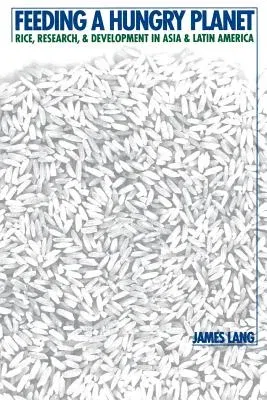James Lang
(Author)Feeding a Hungry Planet: Rice, Research, and Development in Asia and Latin AmericaPaperback, 14 October 1996

Qty
1
Turbo
Ships in 2 - 3 days
In Stock
Free Delivery
Cash on Delivery
15 Days
Free Returns
Secure Checkout
Print Length
204 pages
Language
English
Publisher
University of North Carolina Press
Date Published
14 Oct 1996
ISBN-10
0807845930
ISBN-13
9780807845936
Description
Product Details
Author:
Book Format:
Paperback
Country of Origin:
US
Date Published:
14 October 1996
Dimensions:
21.79 x
14.88 x
1.42 cm
ISBN-10:
0807845930
ISBN-13:
9780807845936
Language:
English
Location:
Chapel Hill
Pages:
204
Publisher:
Weight:
344.73 gm

